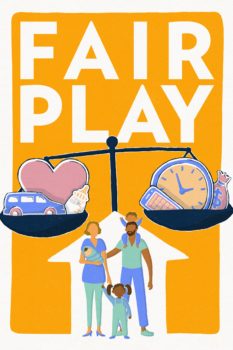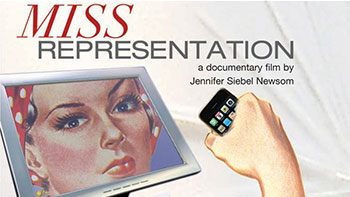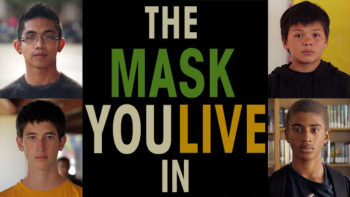Over the last few weeks, on Facebook and through our weekly action emails, we’ve spotlighted and discussed the increasingly gendered nature of Halloween costumes. In particular we’ve looked at how these stereotypes limit young children – pushing them into narrow gender ideals of “princess” and “super hero.”
But we were also reminded that the problem of representation on Halloween isn’t just limited to gender, but often intersects painfully with issues of race. Take, for example, the trend of dressing up young girls as “Indian princesses” or the plethora of “sexy Indian” costumes now available on Amazon.com (we found at least 50).
Not only are these costumes stereotypical and inaccurate depictions of a culture (there are millions of American Indians and Alaska Natives in the U.S., and they don’t dress like this) but they are primarily being bought and worn by those who do not belong to that culture. By turning an entire ethnic group into a costume or “look,” we are dehumanizing the actual people of that group.
From Adrienne K. at NativeAppropriations.com:
The image of a warbonnet and warpaint wearing Indian is one that has been created and perpetuated by Hollywood and only bears minimal resemblance to traditional regalia of Plains tribes. It furthers the stereotype that Native peoples are one monolithic culture, when in fact there are 500+ distinct tribes with their own cultures. It also places Native people in the historic past, as something that cannot exist in modern society. We don’t walk around in ceremonial attire everyday, but we still exist and are still Native.
This practice is always offensive, but it’s especially insensitive to dress up as a hypersexualized “reservation dreamgirl” while ignoring the exceptionally high rate of sexual assault American Indian women face.
In fact, according to the Department of Justice, American Indian and Alaskan Native women are 2.5 times more likely to be raped or sexually assaulted than women in the US in general. And 70% of the violence American Indians face is committed by people of a different race.
And it’s not just women and girls who are encouraged to mock this culture. Boys and men can purchase “chief” costumes and those which perpetuate demeaning and racist stereotypes of American Indian men as “savages.” And we still actually have an NFL team named the “redskins” and numerous college football mascots which lead ESPN commentators to feel comfortable doing this on national television.
More from Adrienne:
You don’t understand what it feels like to be me. I am a Native person. You are (most likely) a white person. You walk through life everyday never having the fear of someone mis-representing your people and your culture. You don’t have to worry about the vast majority of your people living in poverty, struggling with alcoholism, domestic violence, hunger, and unemployment caused by 500+ years of colonialism and federal policies aimed at erasing your existence. You don’t walk through life everyday feeling invisible, because the only images the public sees of you are fictionalized stereotypes that don’t represent who you are at all. You don’t know what it’s like to care about something so deeply and know at your core that it’s so wrong, and have others in positions of power dismiss you like you’re some sort of over-sensitive freak.
American Indian and Alaskan Native women and men are not make-believe characters for us to dress up as or teach our kids to play at – they are real human beings living and breathing in our community. Tonight, let’s all make an effort to avoid costumes which exoticize American Indians or any ethnic group.
Written by Imran Siddiquee at MissRepresentation.org. Follow him on Twitter @imransiddiquee



